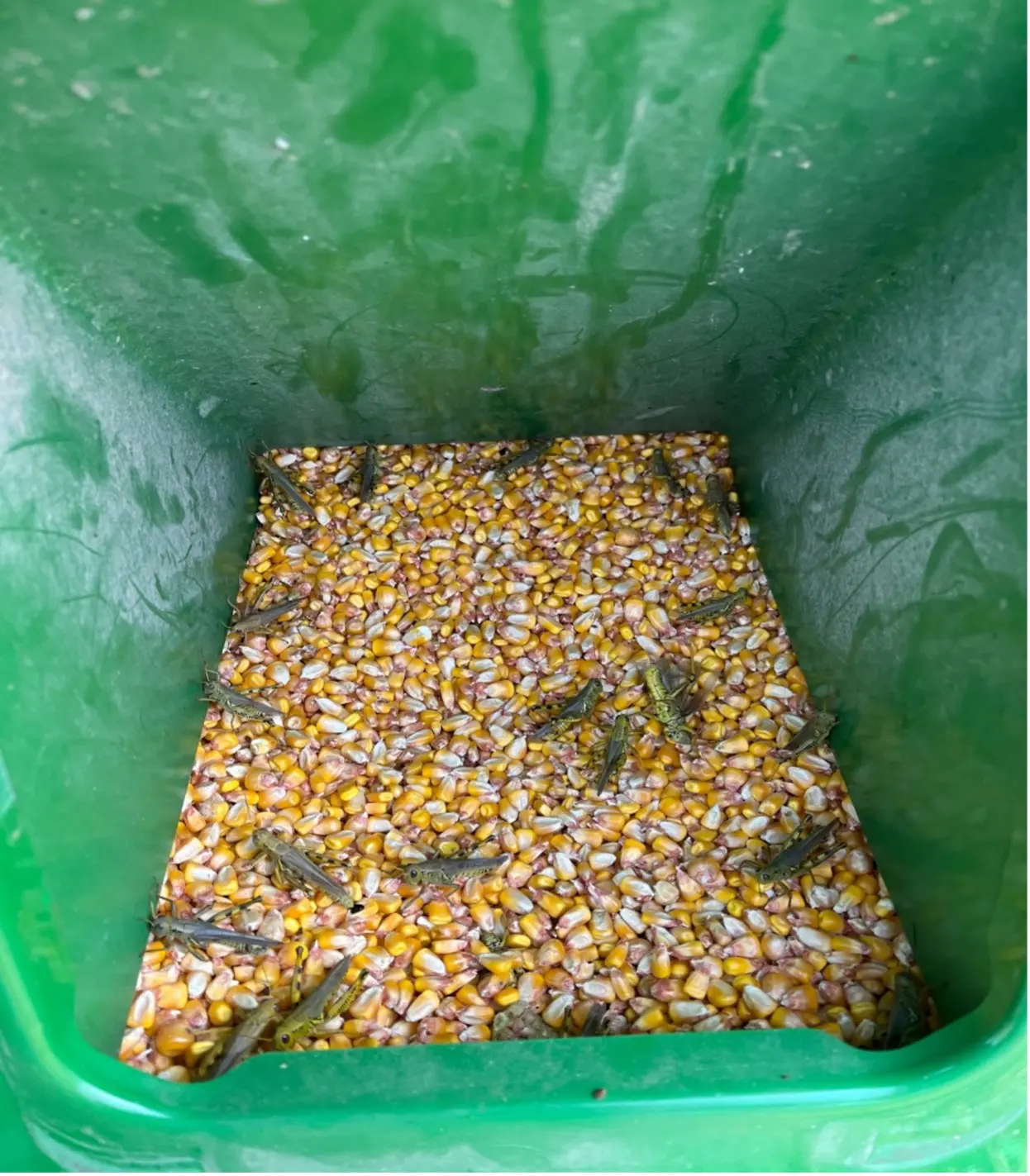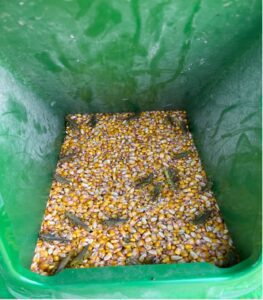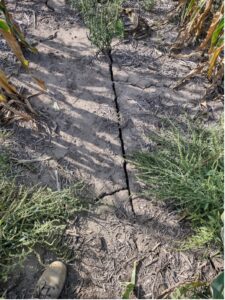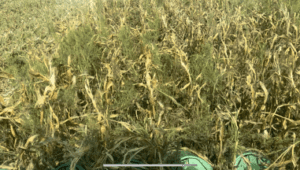
Common Challenges Around Harvest & How to Overcome
Grasshoppers
It is not uncommon to find a population of grasshoppers in your combine tank. Normally around the field edges or maybe in a weed-laden area of the field. Grasshoppers are often worse in hot, dry conditions. One big reason is that insects, as cold-blooded creatures, eat more and grow faster in hot weather. The other reason is that hot, dry weather limits fungal infections to the hatching grasshopper eggs, one of the main threats to their viability. The warmer and drier it is, the lower the mortality rate of the hatching eggs. Control is somewhat unattainable once in the adult stage of life, this needs to be caught in the early stages.

Crack in the Soil
Soil will form cracks when it shrinks due to the loss of water caused by extended periods of dry weather. Clay soil is the most likely to crack since it holds more water than other types of soil, which allows more space to open up large cracks during a drought.

Below Average Weed Control
Reduced crop growth allows more sunlight to penetrate the canopy and IF ENOUGH SURFACE MOISTURE WAS PRESENT another flush of weeds may have began to grow. Amaranthus species (Waterhemp, Pigweed, Palmar Amaranth) have been the common offenders.
What can be done
-
-
- Ensure you have the weed escapes identified to develop your herbicide plant this fall.
- Include full-use rate residual herbicides in your pre-emergent and post-emergent applications.
- Limit field activities that increase soil water loss—i.e. tillage in any form.
-


